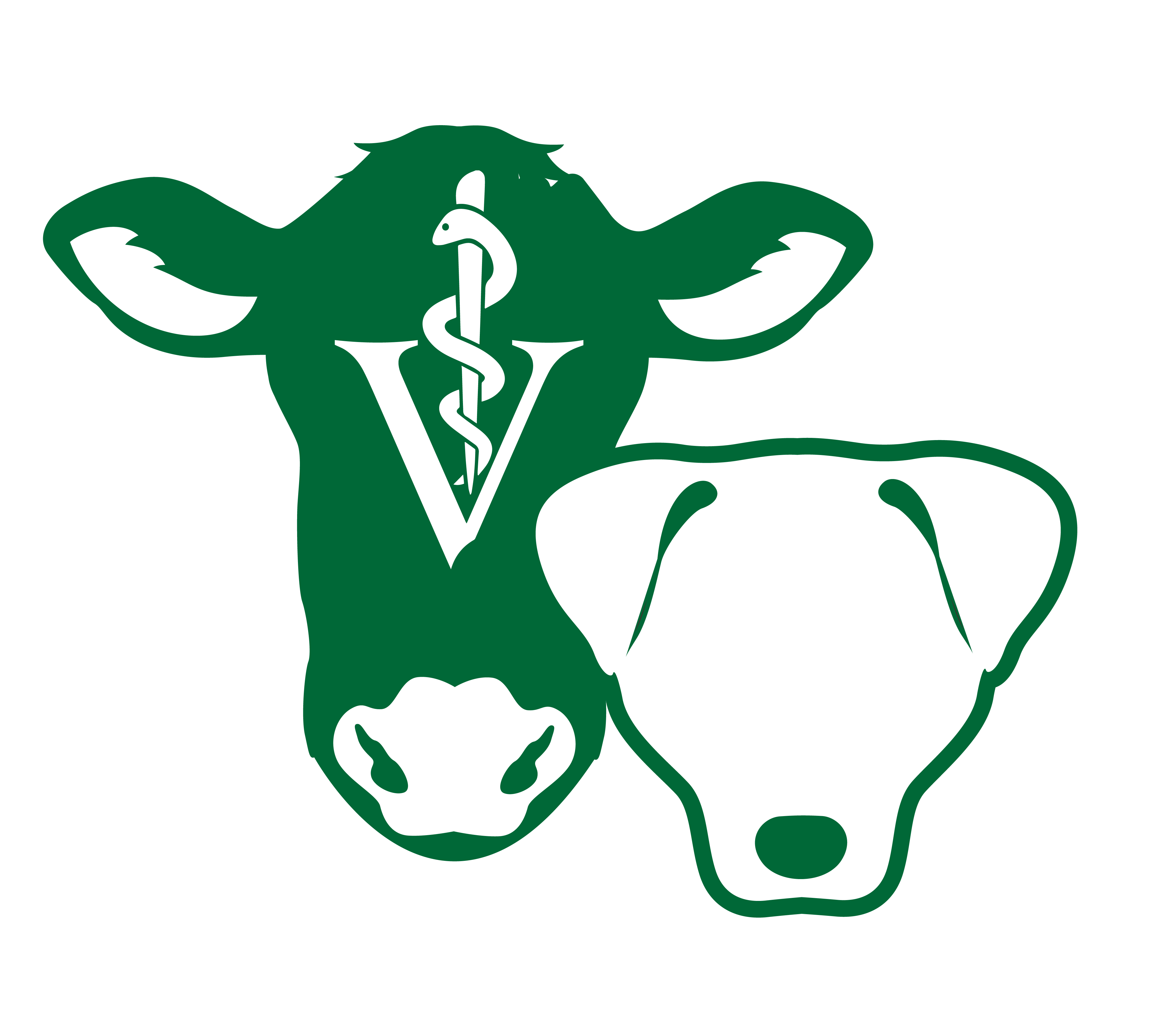The Stuart-Anita Veterinary Clinics endorse the Iowa Preconditioning Calf Program to ensure a smooth transition from weaning to feedlot or another program, like heifer development. Buyers look for preconditioned calves as the standard because those calves are associated with reduced death loss, sickness, weight loss and stress. Preconditioning improves feed efficiency once the calves arrive at their destination.
It’s recommended calves be vaccinated two to three weeks before they are pulled off the cows. Vaccinations include a seven-way clostridial and against respiratory viruses, including infectious bovine rhinotracheitis (IBR), bovine viral diarrhea (BVD) parainfluenza-3 (PI), and bovine respiratory syncytial virus (BRSV). The program also includes vaccination for Heimophilus somnus and an option for Pasteurella and implanting. Common practices like castration, dehorning, and treatment for lice and internal parasites are required by the program. (Additionally, heifers may be vaccinated for brucellosis or Bang’s disease at this time.) Serially numbered green preconditioning tags are placed in the upper part of the left ear by the veterinarian.
Calves are weaned and held at the farm of origin for at least 30 days. After this weaning period, the veterinarian can provide an official preconditioning certificate to the producer. The producer provides a copy to the buyer or auction market where calves are sold. The auction market, in turn, provides a copy to the buyer. Feeder calves are not considered to be preconditioned until they have been weaned for 30 days and accompanied by an official preconditioning certificate.
Proper preconditioning nutrition should improve the condition and health of calves for the next phase of their life, adding weight, minimizing risk of digestive disorders and disease, and achieving specific target weights for cattle by sale or shipping date. Bawling calves respond best to highly palatable feed; it helps minimize fasting directly following weaning and can help reduce stress the first week after weaning. Good quality grass hay for the first 24 hours after weaning before offering a diet that includes grain.
